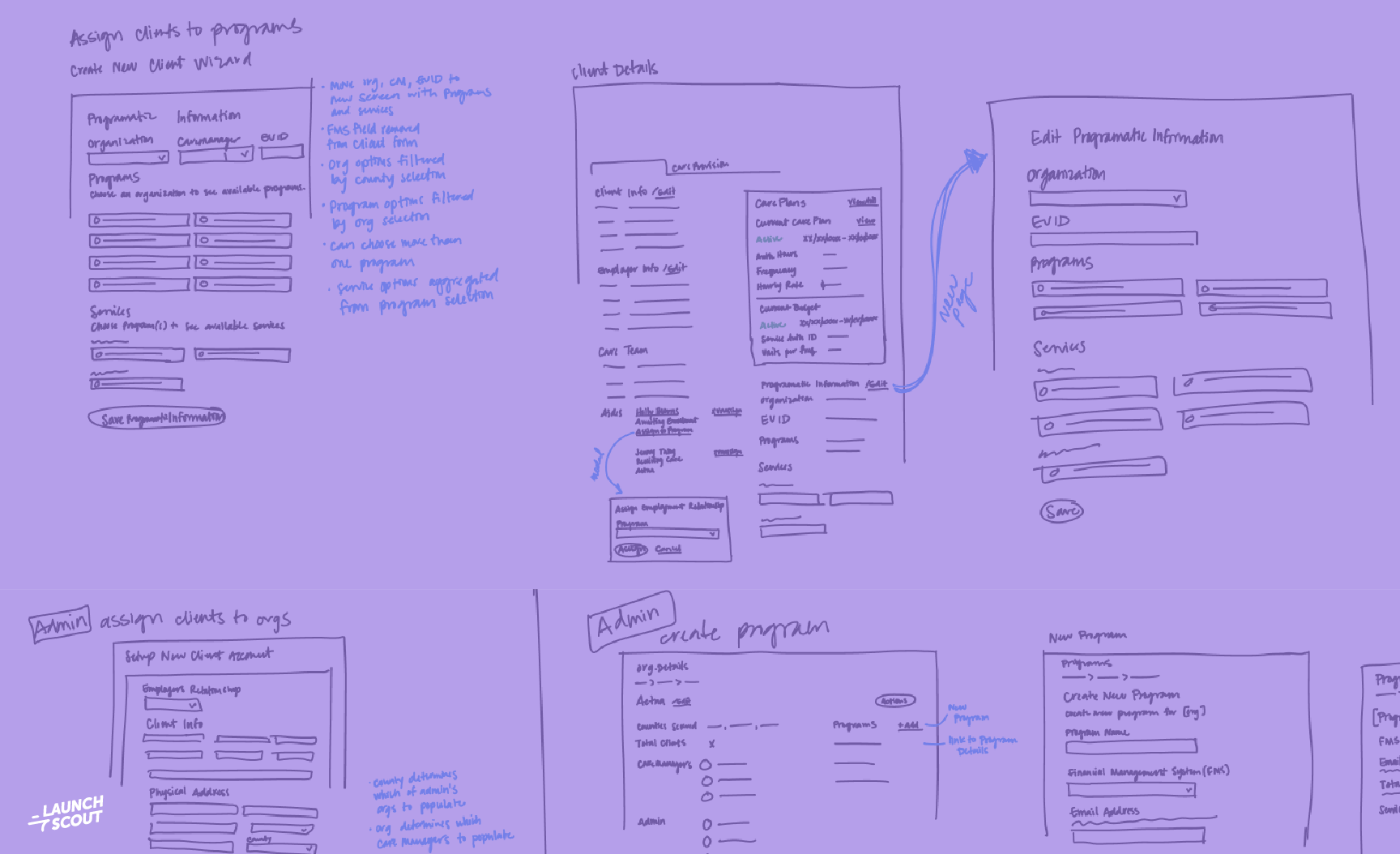
30 October 2014
5 Design Lessons from Midwest UX
The fourth annual Midwest UX was this past weekend in Indianapolis. Gaslight sent myself, Kenny, Lauren, and Ryan to learn more about what we call user experience. There were two tracks at the conference and a variety of topics covered, from technical to theoretical. Here are a few things I picked up at the conference:
1. Learning How to Sell Your Work Is Hard
Since Gaslight started as a development shop, it’s sometimes hard to convince clients that design is worth the extra time and money. Capping off the end of day one, Jane R. Guthrie spoke for a short half hour on how to sell your design vision. She kicked off the presentation by comparing design to the Food Network show Chopped, a personal favorite of mine.
Like the chefs on the show, designers are often handed a random basket of ingredients and asked to transform it into something amazing. It’s not just about taste though; designers need to show the work in the correct format for the client. I loved this talk because it gave some tips for creative presentations and playing to your audience. Just one sample tip: Be articulate but don’t pack your presentations with design jargon the client won’t understand. She also was a very engaging speaker, which was quite difficult at the end of the day.
2. How Do We Design Designers?
Jared Spool is a man of many conference topics, but the question he posed in Indy was “How Do We Design Designers?”. Design education today often falls short of industry needs, and designers with a broad base of skills across the user experience spectrum are often called unicorns. He talked about teaching design as a craft instead of an academic discipline, and the trend of big corporations buying design and UX agencies for their talent pool.
But for those of us already out in the trenches, he said the task falls to us to build our skills toward being coveted designers who can think critically and cross different mediums successfully. While the topic was only obliquely related to the Gaslight team, I picked up plenty of food for thought to help us learn and support each other as we aspire to UX unicorn design greatness.
3. Let People Play in the Sandbox
Speaker Stephen Anderson summed up the apps we all build into two categories: paths and sandboxes. Paths are what users follow to achieve a singular goal. These can be addictive in their own right, but don’t exercise much thought beyond the next challenge presented by the app or game. Anderson talked about Candy Crush, which quite literally takes the user along one path with stops along the way.
Sandboxes, on the other hand, give users a framework and let them use it as they will. Think about Pinterest. As it’s grown, pinners have embraced the idea of visual bookmarking in ways the app’s creators never imagined. The app changes and grows with users instead of providing a set path. With sandboxes, the pitfall is that the user may be confused at first and must take the time to explore in order to learn what to do. These are concepts I’ve always known, but Anderson did a wonderful job labeling them and explaining the differences.
4. What’s Next in the World of Technology?
This was a running theme throughout the conference, and one we all enjoyed. The keynote speaker Mark Rolston took us through his vision of what the future will be in our technology driven world. After pushing boundaries for more than 20 years at frog, Rolston started his own company within the past year. He showed us some of the things his team has explored, which he has called Smart Dumb Things.
The big takeaway for me: The first generation of smart watches is really uninventive. Why are we containing the interface to something we have to carry around? Why not have the interface all around us? Rolston talked about the new Disney Bands, which allow park visitors to do everything from enter the park and buy lunch and unlock their hotel room. It’s taking a wearable and interacting with the environment in new and unexpected ways. I’m fascinated by the concept and excited to see what the world does with wearables and other tech in the next 10 years.
5. UX is Really Varied
One thing I’ve struggled with is the term UX, and the conference showed me that I’m not alone. What does UX really mean? And how do I fit in? Being a researcher is completely different than visual design, but all of them together create a user’s experience. How much of each discipline should I know to call myself a UX designer?
The gaslight design team, visual designers who do front-end development, was in the minority at the conference. I talked with people who specialized in everything from user research to designing user experiences within brick-and-mortar retail stores. It was a great chance to learn from others and offer advice from my point of view, especially when it came to learning markup with design. Overall, it affirmed there are many moving parts to good user experience, and it made me excited to try some of the new things I learned.
Extra Fun Bonus
Midwest UX also had MakerSpaces or rooms dedicated to doing. We had a great time putting together littleBits, which are electronic modules that allow you to build things. It’s all the fun of Arduino without the C++. Hope you enjoy the rave dance party we created out of pieces in the room:


